The system becomes one with the interior of the car
Even though the i3 is an extremely futuristic car, you are immediately welcomed by the familiar iDrive system which is found in all modern BMW’s. The buttons feel and do exactly the same, so as a BMW-driver you will feel right at home.
The use of the interface feels very smooth. It doesn’t stutter and you never have to wait. The hardware-controls feel luxurious and robust: clicks with the click wheel, button presses, etc. The interface is easy to comprehend. It is for instance very easy to search for radio stations or specific frequencies.
Navigating in an electric car
There are a lot of unnecessary steps required in order to start navigating: You first have to (at least on first-use) select a country, even though it’s likely this electric car will mainly be driven within one country. Once you have entered the destination address there are still two steps needed in order to start navigation: ‘use as destination’ and ‘initiate route guidance’.
The POI-navigation is quite cumbersome. There are many unnecessary layers present and obscure, very generic defaults are being used. In our test the driver didn’t succeed to navigate to the well-known POI ‘Gare du Nord’ in Paris.
With an electric car a long distance journey requires quite a bit of planning ahead. It would have been nice if the car would help with that. For our route (Amsterdam > Paris), about four time the range of the car, the car wasn’t able to assist on this. The system treats a long-distance route-navigation just like any other journey and shows an arrival time just as if you would drive the distance in one stretch. As a user you have to manually search for charging stations, add them to your route and calculate when you will be in need of the next charging station. To determine actual arrival time you will have to manually add up charging times, detour times to charging stations, etc.

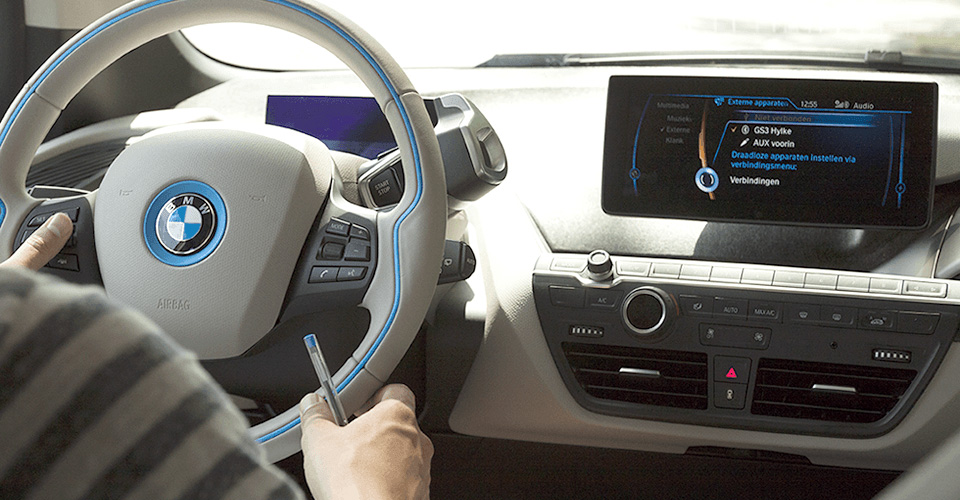

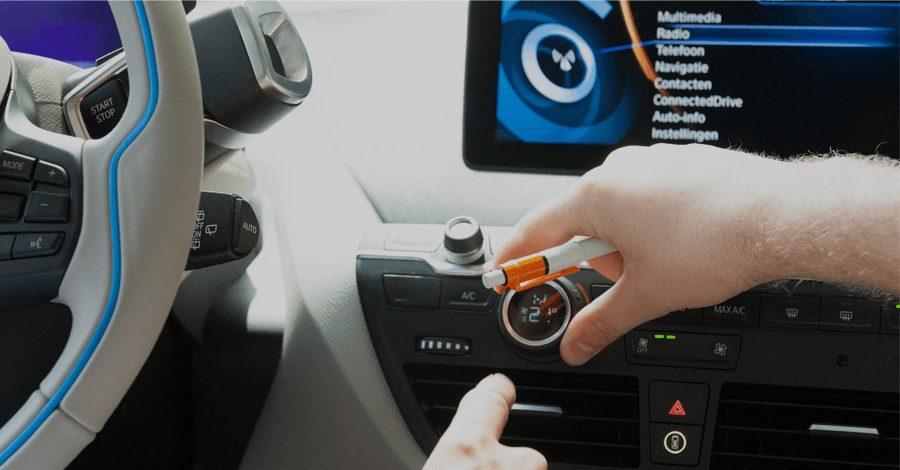
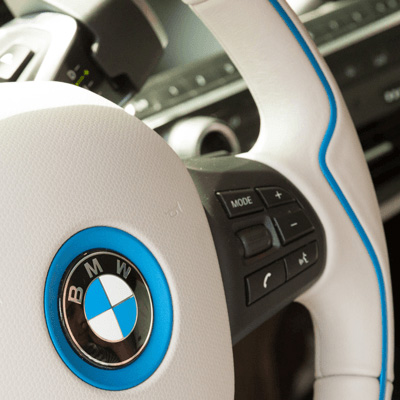
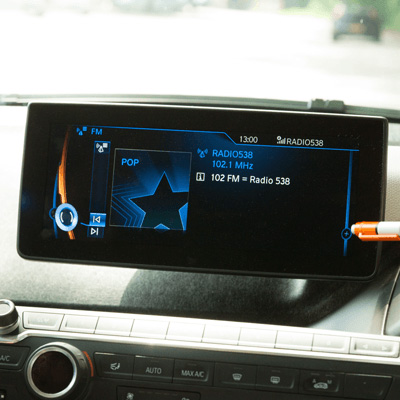
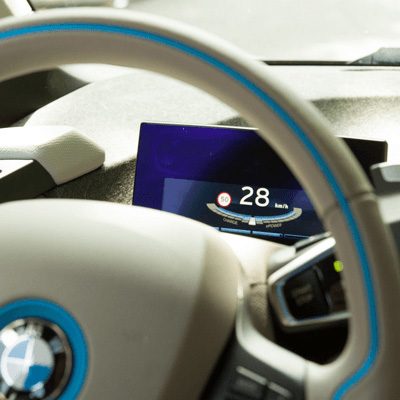
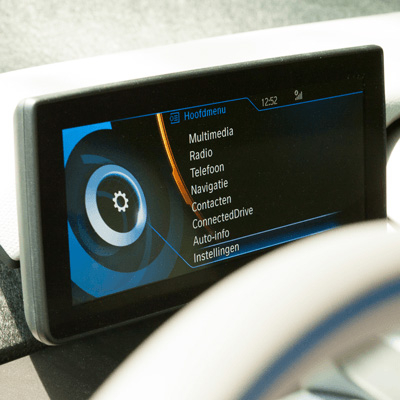
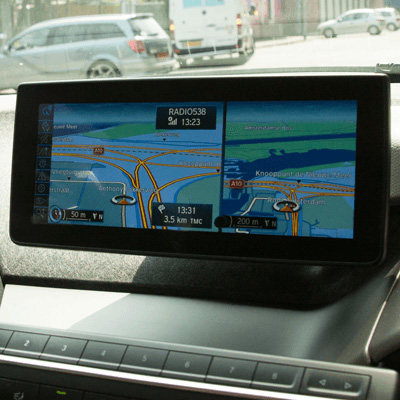
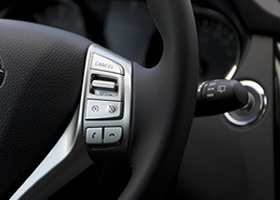
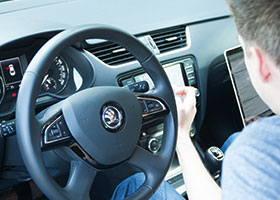
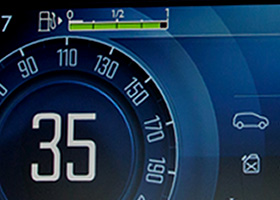
COMMENTS